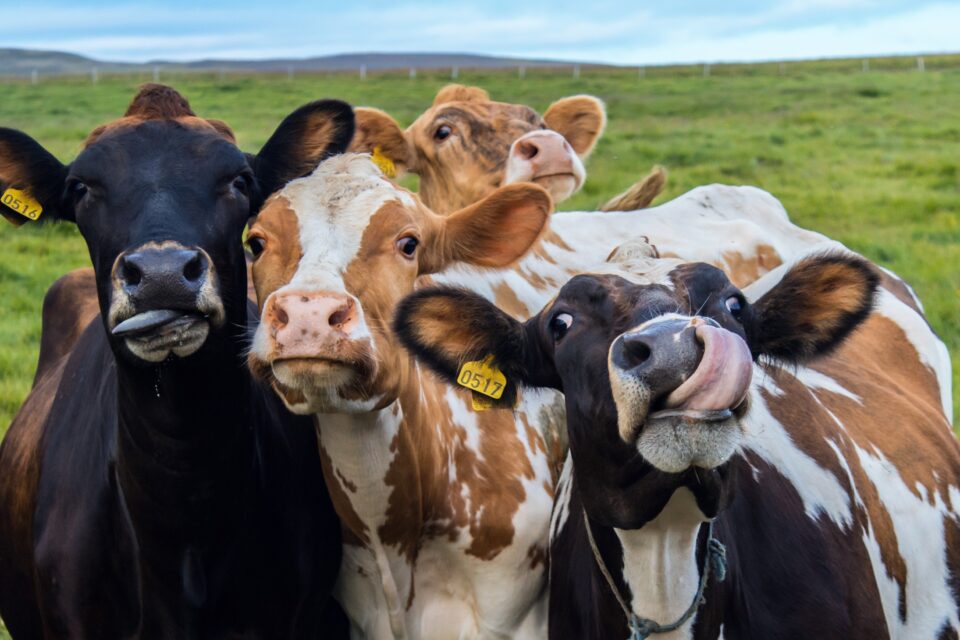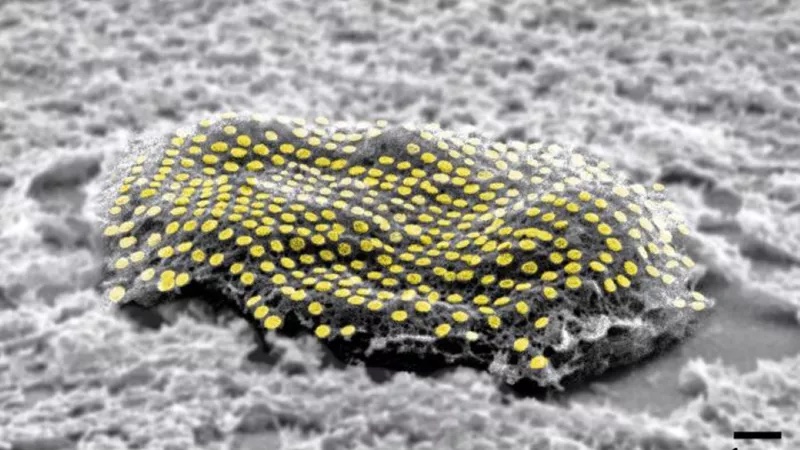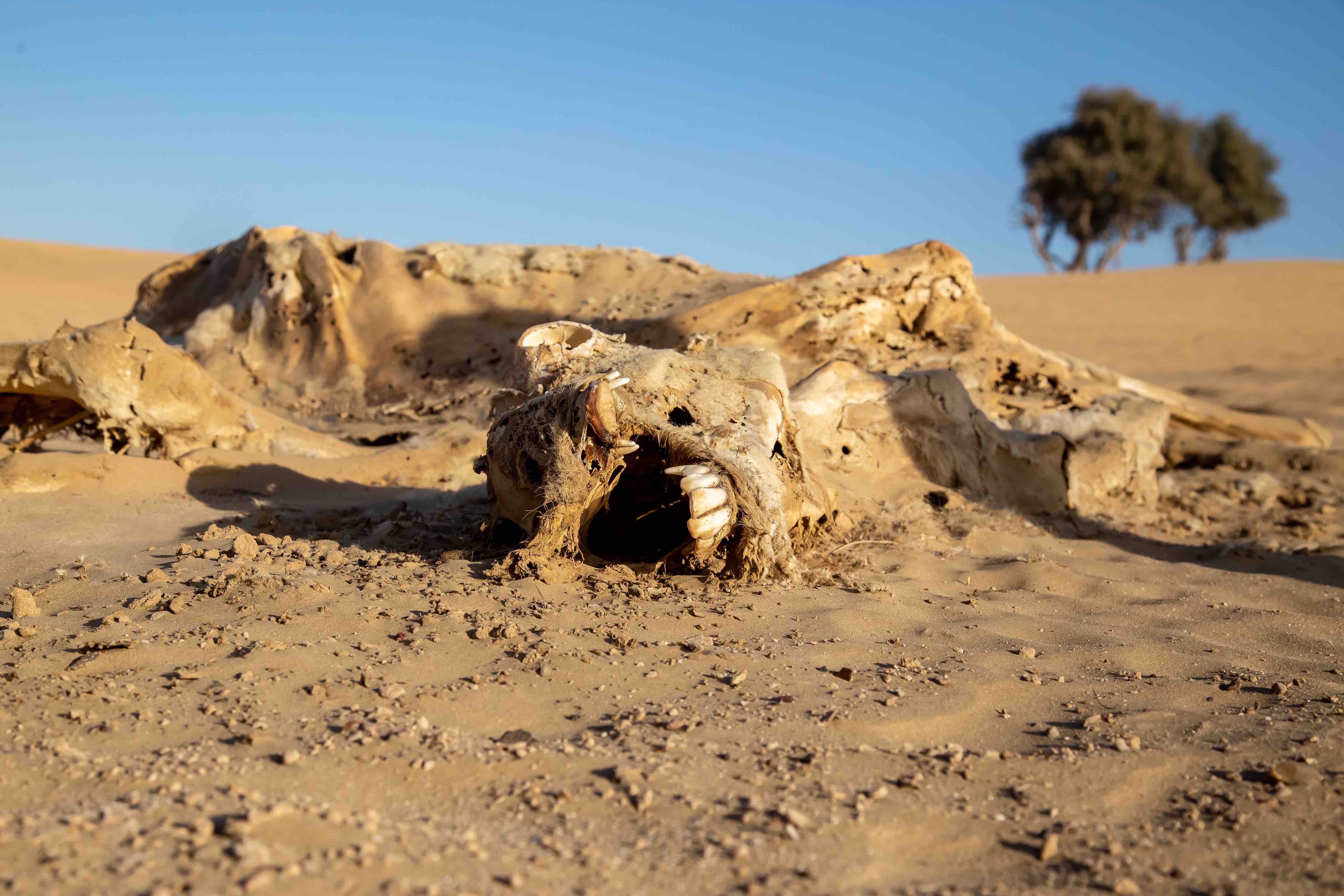
In a remarkable stride towards environmental responsibility, farmers have embarked on a groundbreaking journey to breed cows that emits fewer methane burps. This initiative has taken shape as a milestone in the agricultural landscape, demonstrating the power of innovation in fostering a more sustainable future.
Methane-Efficient Cattle
As highlighted in a recent report, an unprecedented feat has been accomplished: cows that produce diminished methane emissions. The mastermind behind this endeavor is Canadian dairy farmer Ben Loewith, who ingeniously employed bull semen from a pioneering genetics company, Semex. This technique resulted in the birth of cattle that burp less methane, contributing to a more ecologically balanced environment.
Ben Loewith, is quick to emphasize the significance of selectively breeding for lower emissions. He believes that achieving this ecological feat without compromising other essential traits offers a clear advantage. This environmentally conscious step, when nurtured through generations, holds immense potential in curbing emissions.
Semex’s Mission
Semex, the pioneering genetics company, has spearheaded this transformative mission. Their innovation holds the promise of slashing Canada’s dairy production methane emissions by 1.5 percent annually. Looking ahead, the potential is staggering, with projections indicating a remarkable 20-30 percent reduction by 2050. Such profound advancements are set to revolutionize the landscape of agricultural emissions.
The urgency to reduce greenhouse gas emissions from livestock resonates across the globe. Cattle contribute a staggering 14.5 percent of the world’s greenhouse gas emissions, making sustainable livestock management an imperative. The Canadian agriculture department concurs on the urgency, reinforcing the significance of eco-conscious endeavors like Semex’s innovation.
Genomic Breakthrough
Collaboration between Semex and Canada’s milk-recording agency, Lactanet, has been instrumental in driving this innovation. Years of meticulous research by scientists from the University of Guelph and the University of Alberta culminated in the world’s first national genomic methane evaluation. This pioneering work seeks to establish breeding values for methane emissions, paving the way for a more precise and sustainable approach to livestock breeding.
Professor Christine Baes from the University of Guelph, unveils the breakthrough: establishing a direct link between genetic information and methane emissions. Through this innovative methodology, a comprehensive understanding of an animal’s genetic makeup and its methane production is established, marking a pivotal leap in sustainable livestock management.
The transformation does not stop at innovative breeding techniques. The Canadian government’s plan to introduce offset credits for methane reduction through improved manure management elevates the importance of low-methane breeding. This governmental endorsement indicates a shift towards a holistic approach to environmental responsibility within the agricultural sector.
Sowing Seeds of Change
Michael Lohuis, Semex’s Vice-President of Research and Innovation, underscores the lasting impact of genetic change. He points out that genetic alterations persist and accumulate across generations, making them a powerful tool for substantial methane reduction. While not the sole solution, this method stands out for its simplicity and cost-effectiveness.
As with any innovation, the potential for unforeseen consequences should not be ignored. Experts raise concerns about potential digestive issues arising from this new breeding approach, considering the role of microbes in methane production. While innovation drives progress, a cautious approach remains essential in navigating uncharted territory.
In essence, the remarkable journey towards cows that burp less methane embodies a creative convergence of science, sustainability, and responsible innovation. This groundbreaking endeavor showcases the transformative potential of harmonizing agricultural practices with ecological consciousness, painting a vivid picture of a greener, more sustainable future.
Looks like a “Mooo..” to a cleaner tomorrow!







